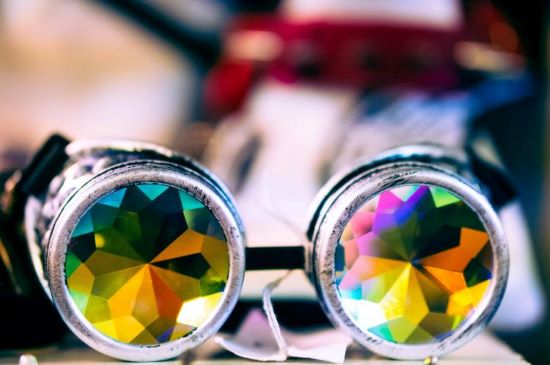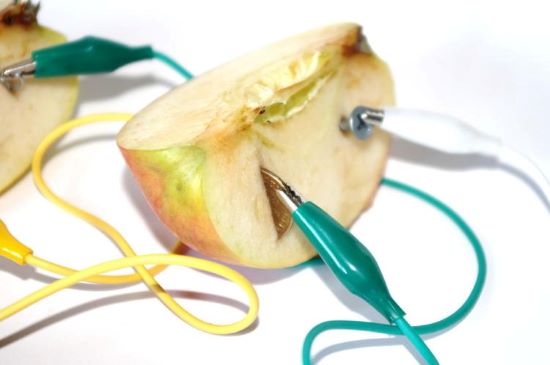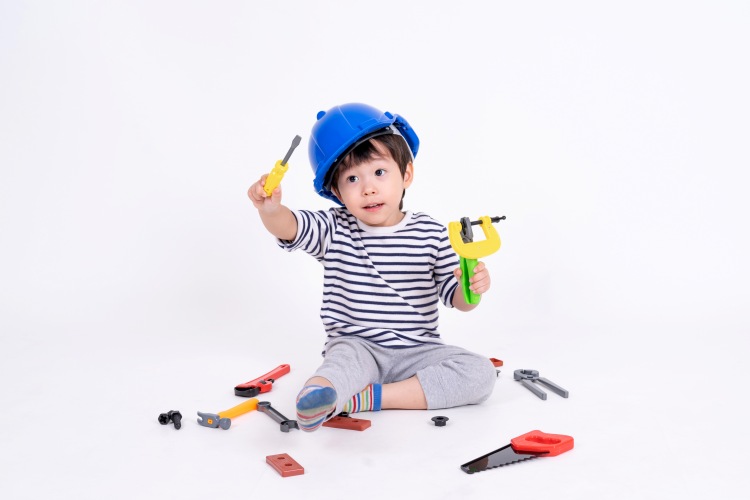Young minds are said to be the sharpest, as they grasp and process things quickly. With time, the traditional systems of education are being replaced with more practical and modernised ways of learning, and young minds are being trained more with machines than books. Innovations excite today’s children to learn more.
The thought of doing something extraordinary is implanted in their minds from a very young age. That’s the reason why children these days enjoy learning with practical examples. While doing so, they get to explore some of the most innovative projects for kids using model innovation and get hold of new things to know.
In this article, you will find some of the best projects that you can build with your kids.

Ways to Encourage Model Innovation among Kids
Mentioned below are some of the tips parents can keep in mind to understand how they can help their kids gain holistic growth by encouraging the practice of model innovation.
Model innovation is where a detailed framework is followed to identify, advance and bring innovative ideas into action. Model innovation is the implementation of innovative ideas into real-life simple model projects.
#1. Encourage Your Kids to Inquire About Model Innovation Projects
Inquiring about new model innovative projects will help your kids to become inquisitive. Encourage your kids to ask as many questions as they want. Teach them the art of searching for answers through online and offline resources. Ask them to study the whole model in detail and provide better solutions.
#2. Encourage Kids to Play More
Let your kids imagine themselves as their favourite character. Let them build their Lego houses, or maybe act as Hot Wheels racers. When kids play, they build important motor abilities which ultimately make their minds grow and think clearly.
They feel a sense of positivity and creativity when they play. Let your kids play outside more, instead of engaging them inside with phones.
#3. Adopt a Mentality of Growth
Motivate your kids to explore new opportunities and help them find their dreams. Make your kids think creatively and freely to any extent they want. Explain to them the process of growth. Innovations will begin when they are free to explore new opportunities and to think differently.
Don’t overburden them with the pressure of constant learning, but explain to them the way of happy learning. Impede the mentality of growth in your kids by making them believe in their abilities, characteristics, potential, talents, and grit.
#4. Provide Materials That Foster Creativity
Provide children with a range of things that may be utilised in a number of ways, and demonstrate to them that their ideas can be realised using these scavenged resources. Paper, popsicle sticks, egg cartons, leaves, tape, sticks, toilet paper tubes, boxes, corks, rocks, and a variety of other things can be used to make.
Rather than buying toys with a single, predetermined function for your children, consider toys that stimulate creativity via their open-mindedness. Legos (without the rules), Citiblocs, Tinker Toys, Magnatiles, syringes and hooks, and blocks are just a few examples.

#5. Provide Scaffolding for Kids
If your kids have an idea for something they want to make, avoid the desire to advise them how to make it, even if they ask. Alternatively, offer them just enough aid to get them where they want to go while still encouraging their independence.
This notion, known as “scaffolding,” is based on psychologist Lev Vygotsky’s theory of mental development, which holds that adult assistance is most effective when it is given in the Zone of Proximal Development, which is slightly above a child’s ability to succeed on his or her own.
Scaffolding helps youngsters to achieve more in a growing skill or talent than they could on their own, and it improves the learning process. Breaking a procedure down into smaller pieces, offering one-on-one support, or providing feedback while the kid works on a project are all examples of scaffolding strategies.
#6. Praise Their Efforts
When your kids are engaged in the artistic process, commend them for working hard, trying with new tactics, and persevering through problems rather than telling them they are artistic, creative, or brilliant.
Children gain more from having their efforts acknowledged than their skills, according to research; in fact, praising children’s intrinsic abilities may do more damage than good.
Why Model Innovation Projects are Important for Kids?
It gives a youngster the opportunity to show off his or her talents while working alone.
It demonstrates the child’s capacity to put desired abilities, such as research, into practice.
It improves a child’s capacity to collaborate with others, as well as collaboration and group abilities.
It helps the instructor to have a better understanding of the child as a person.
It enables the instructor to communicate with the kid or a group of youngsters in a gradual and meaningful manner on a variety of topics.
Some Model Innovation Projects for Kids
Mentioned below are some of the best and most innovative projects for kids that will help parents and teachers answer the question – How to do model innovation for kids?
Making a Kaleidoscope
A Kaleidoscope is one of the most popular innovation models among kids. It is a fun toy that creates beautiful images when we look inside. Add mirrors to build extra reflections. This will amplify the beauty of the amazing images created. Check if the number of reflections increases when you add extra mirrors.
Fruit Battery
This project model is where kids can construct electrical batteries in their favourite citrus fruits and produce an electric current. This will help the natural fruit to generate electricity as a natural source. This experiment or project model will create a common conducting solution, where two dissimilar metals are placed.
The brief procedure of this model starts firstly by preparing the fruits. Then, stick a Zinc nail along with the Copper nail on the opposite end of the fruit. Use the alligator clips, where you have to connect two LED leads to the copper nail and the other leads to the metal nail. The LED will light up your place!

Cup Anemometer
Anemometer is a project model that helps to measure wind speed. This model project is where a basic anemometer can be made using multiple cups. In the cup anemometer, the wind hits the cups and causes it to spin.
Build a Brushbot
Brushbots are cute robots that you can build with art and craft materials. They are easy to build and you do not need any previous experience with robotics. You can build them yourself, build two robots with a friend and race them against each other, or even make them sumo wrestle!
Build a Bathtub Toy Raft
Have you ever thought about how a water strider manages to walk on water? What about detergent’s ability to clean your dishes? If you look closely, you’ll see hundreds of other fascinating occurrences that are all tied to water’s surface tension. You will create a little toy raft that is driven by surface tension and use it to examine how surface tension operates in this science project.
Electric Paint
Electric Paint is a fascinating way to include circuitry with lights into an art piece, but it comes with a unique set of challenges that aren’t found in typical electrical circuits. What happens if you modify the length or breadth of your paint dashes, such as by using a larger brush or creating longer, curvaceous lines? Could this have an impact on your circuit’s electrical characteristics? To find out, try this activity!
Kaleidoscope
A kaleidoscope is a wonderful toy that when you gaze through it, it generates stunning visuals. Isn’t it great to make such pictures yourself? Check out this project to discover how to make your own kaleidoscope and how a kaleidoscope works on the inside. Then you’ll be able to build and modify your own stunning, colourful graphics!
Make a Compass
Have you ever used a compass to assist you to decide where you should go? Have you ever required a compass to assist you to make your way through a jungle while on a camping trip? Magnetic compasses rely on the Earth’s magnetic field to function.
You will construct your own magnetic compass out of a needle, a chunk of cork, and a bowl of water in this science exercise. What are your thoughts on how well it will work? Prepare to be surprised!
Also Read: Is “Coding For Kids” a hoax or really worth it?
Conclusion
Taking up various model projects brings in creativity and innovation among kids. Kids are always eager to learn new things. The innovative model projects help kids to understand processes and the basic concepts behind them.
Parents and teachers have a big role to play in encouraging their kids towards this path of holistic growth.
Stay tuned with Real School Of Montessori and our regular blogs where we give the best tips for parents to train their kids effectively for holistic development. Real School Of Montessori classes are the ultimate destination, where kids get to learn unlimited concepts in a fun and innovative way through 60+ Product Design Projects to help with their overall growth.







